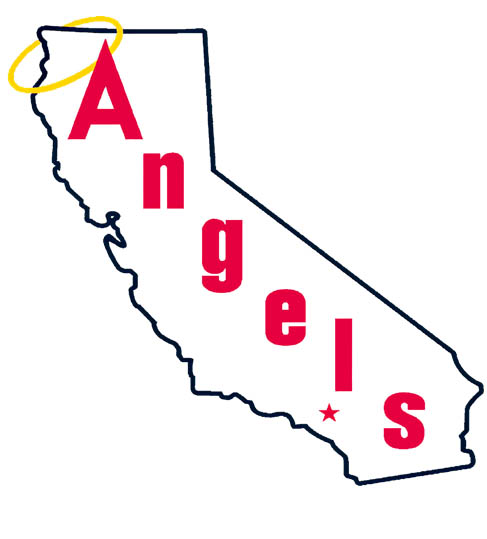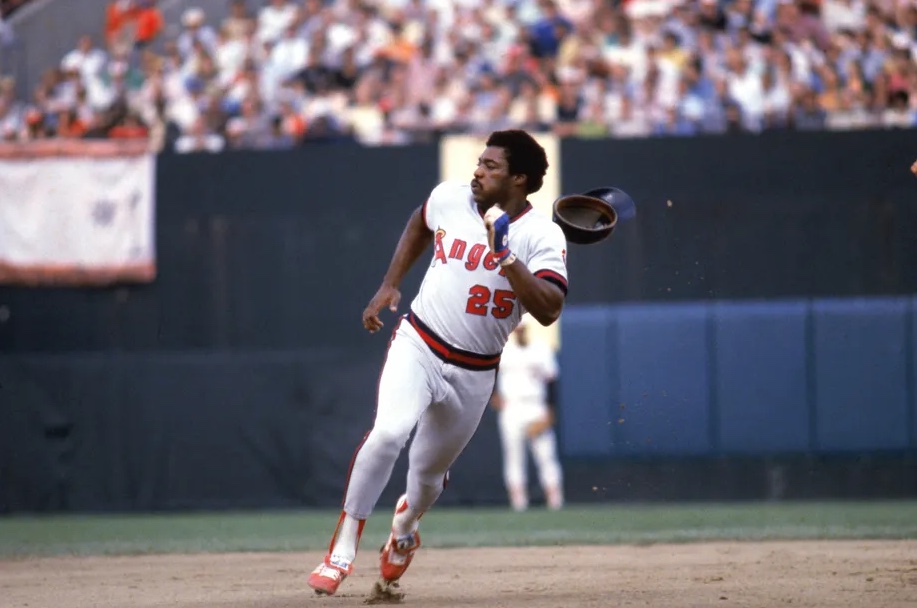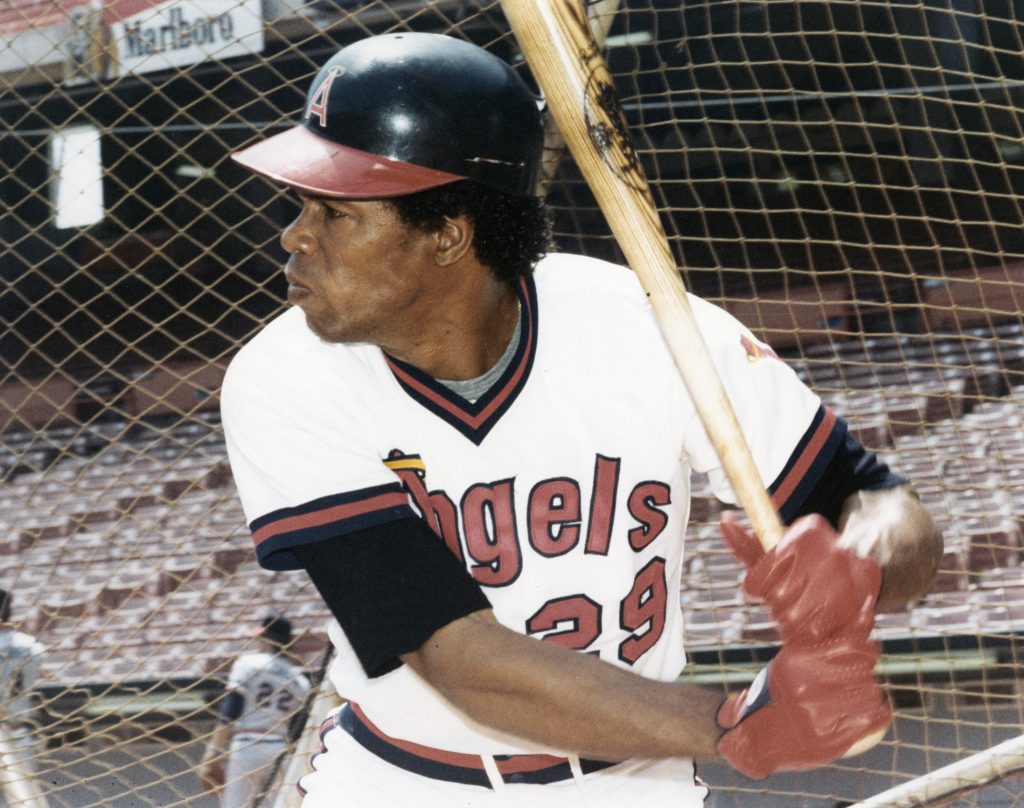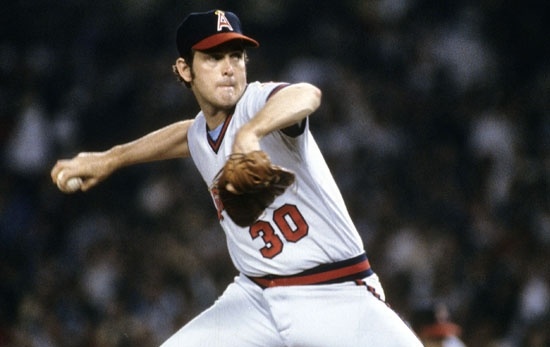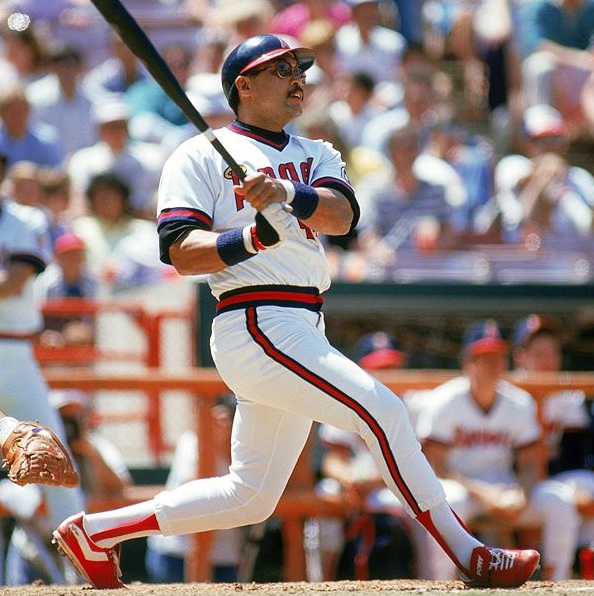Word of the day: PALIMPSEST
pal·imp·sest
noun
noun: palimpsest; plural noun: palimpsests
• something reused or altered still bearing visible traces of its earlier form.
• a manuscript or piece of writing material on which the original writing has been effaced to make room for later writing but of which traces remain.
“Whites Only” and other racist palimpsests endure throughout America.
Rich Frishman’s photography can be both meditative and empowering. Meditative, because it inspires self-examination, and empowering, because it’s created to show and tell.
Frishman’s Ghosts of Segregation project offers us a contemplative and quiet study of America’s racist past, a practical exhibition of photographic evidence in which images are captioned most poignantly by their place in history. It’s also an incredibly useful, “when they go low, you go high” answer for when you’ve taken the bait of that family bigot or folks activated by the politics of ethno-nationalism (formerly known as “old friends”).
Personally, I want Ghosts of Segregation open on my laptop whenever I’m rejecting “woke” as an insult, explaining equity vs. equality, and discussing the difference between canceled and accountability. Not as some sort of a mic drop though; more like finding a common emotional truth. These powerful palimpsests can’t help but force a needed pause in such an exchange ––and could even offer an escalator up.
See what you think:
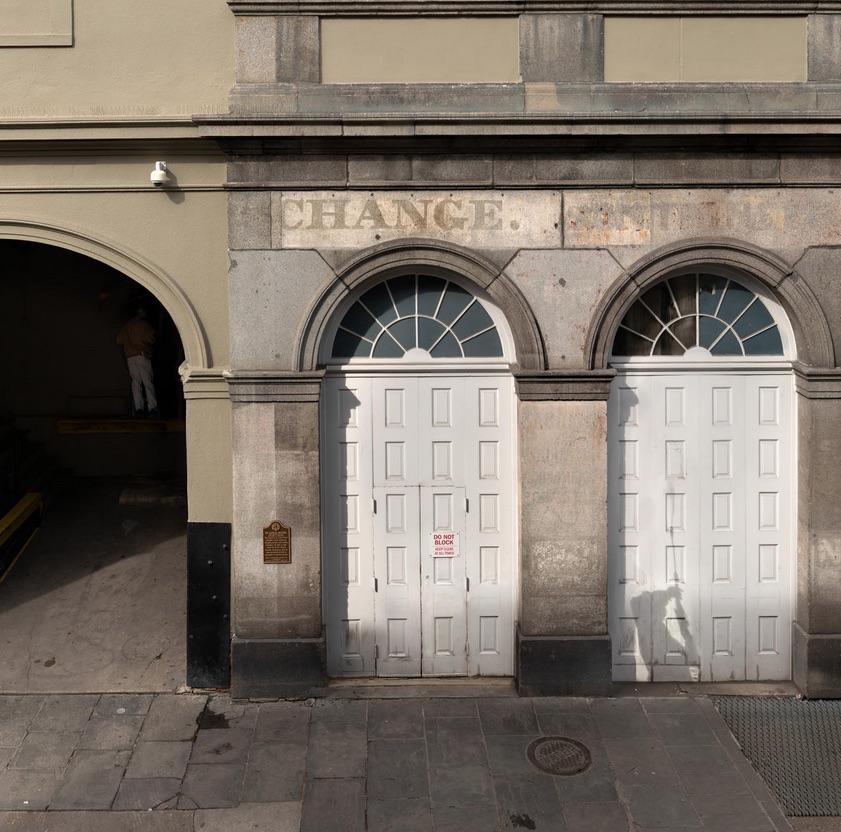
The enigmatic inscription “change,” floating above Chartres Street in New Orleans’ French Quarter, largely goes unnoticed. It is the vestige of the sign over the St. Louis Hotel Slave Exchange. The luxurious hotel included a bank, ballroom, shopping arcade and trading exchange. Six days each week from 1838-1862, under the hotel’s domed rotunda, auctioneers sold off land and goods as well as thousands of enslaved people.
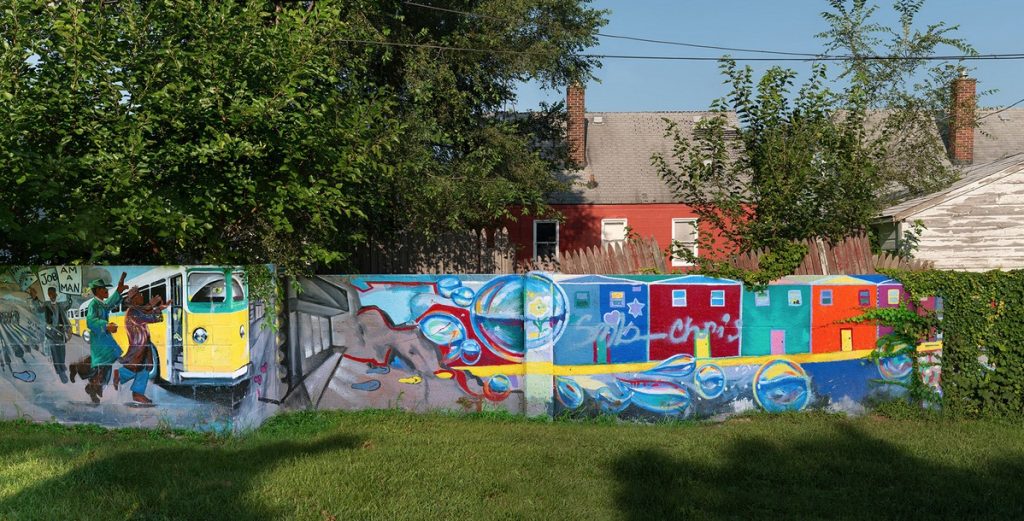
When the Federal Housing Administration (FHA) was founded in 1934, the process of “redlining,” the act of denying loans and financial services to black neighborhoods while granting them for white neighborhoods, was codified. The Detroit neighborhood of Wyoming was a redlined black neighborhood for nearly a decade until the early 1940s, when developers wanted to build a white development in the area. They were denied by the FHA because their plan placed the white neighborhood “too close” to the black neighborhood. Thinking quickly, the developers responded by building a half-mile long wall directly between Mendota Street and Birwood Avenue for a full three blocks. This was enough to be given the nod of approval from the U.S. government. The wall, now known as 8 Mile Wall, was the official racial divider for over 20 years, until the Fair Housing Act supposedly abolished such racist policies in 1968.
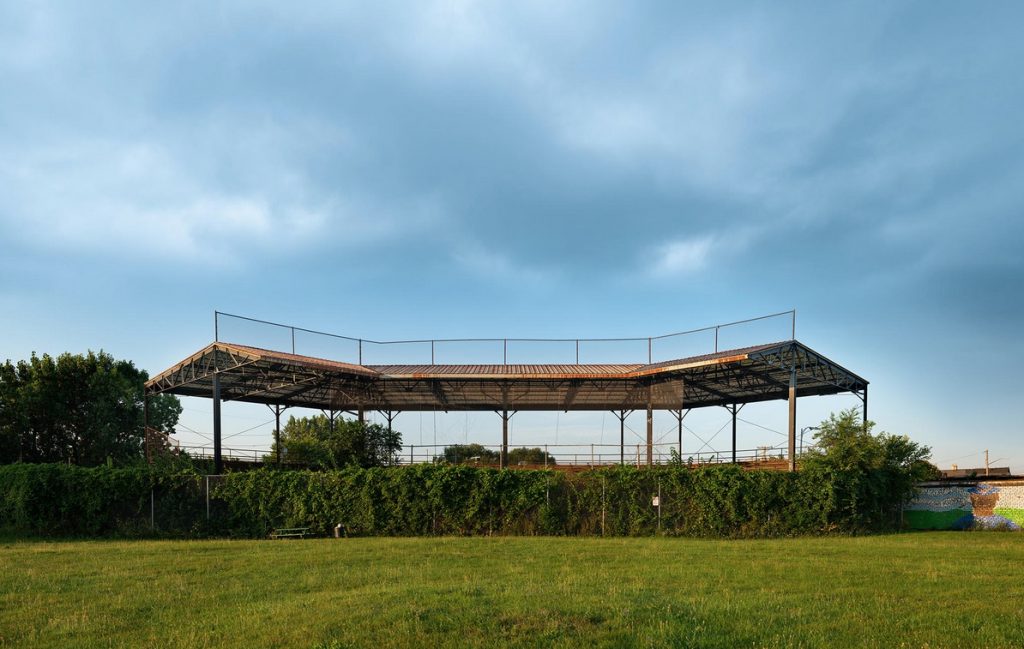
Built in 1930, Hamtramck Stadium was home to the Negro National League Detroit Stars in 1930-1931 and again in 1933. The field was also home to the Detroit Wolves of the Negro East-West League in 1932, and to the Negro American League Detroit Stars in 1937.
Visit:

